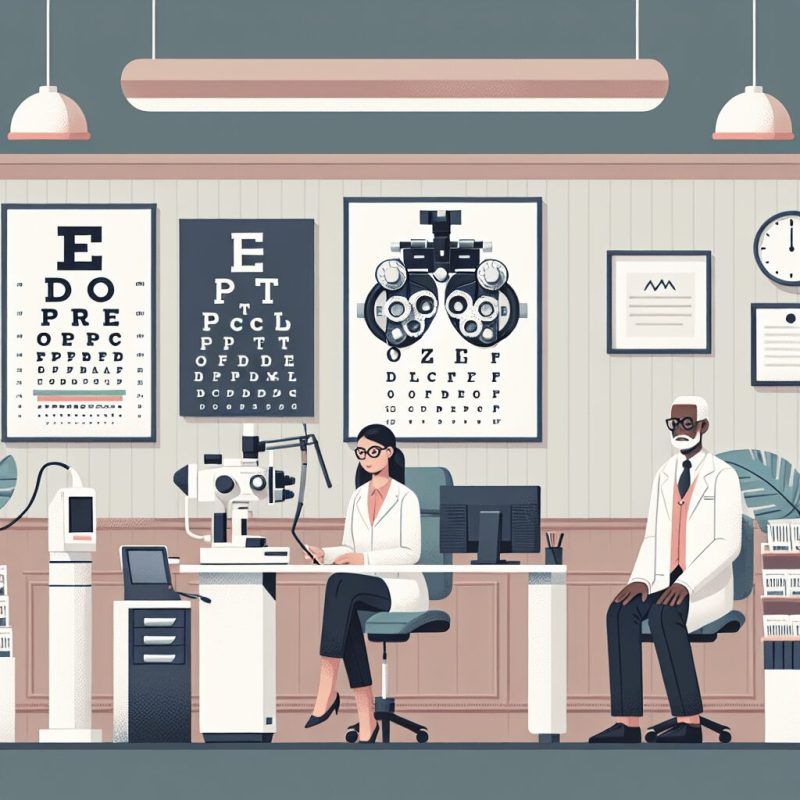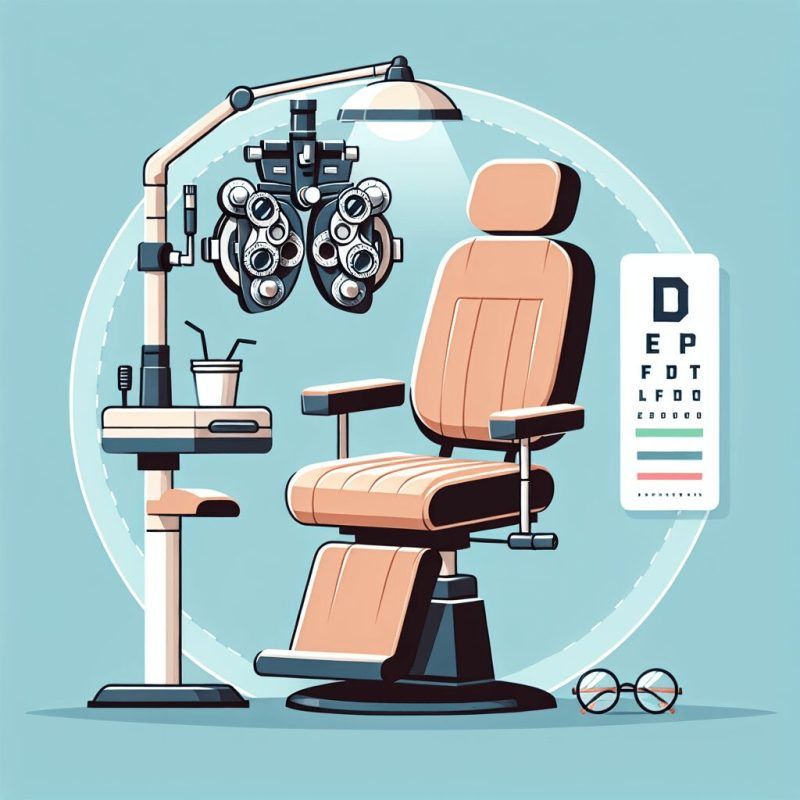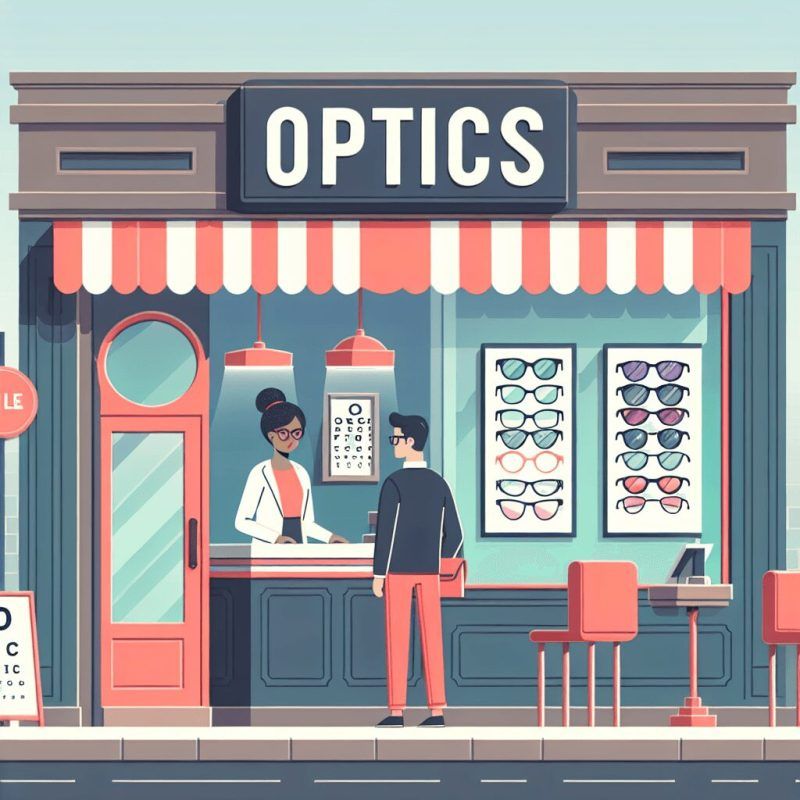Doctor's Corner
Guidelines for Effective Glaucoma Treatment
Glaucoma is a serious condition that can lead to vision loss, particularly in individuals aged 18 and older. There are specific guidelines for diagnosing and managing glaucoma, covering testing, treatment, and reassessment protocols. It’s important for healthcare professionals and those involved in clinical governance to understand these recommendations to ensure the best outcomes for individuals with suspected glaucoma.
In this article, we will explore different guidelines for effective treatment of glaucoma.
Diagnosis and Management of Primary Open-Angle Glaucoma
Key Steps in Diagnosing Primary Open-Angle Glaucoma
The first steps to diagnose primary open-angle glaucoma include comprehensive eye exams. These exams test visual acuity and assess the visual field.
These tests are crucial in detecting visual field loss, a key sign of glaucoma. Monitoring intraocular pressure (IOP) is also important for diagnosis.
Techniques like tonometry measure eye pressure, while gonioscopy examines the iridocorneal angle to evaluate IOP levels.
Assessing family history, risk factors such as diabetes, and the anterior chamber angle through gonioscopy can help identify those at risk for glaucoma.
Pharmacological treatments, such as eye drops, may be prescribed to lower IOP. In cases where medications aren’t effective, procedures such as trabeculectomy or tube shunt implantation could be considered.
Regular monitoring and reassessment of patients with glaucoma are vital to prevent disease progression and preserve vision.
Importance of Comprehensive Eye Exams
Comprehensive eye exams help assess overall eye health. They detect various eye conditions, including glaucoma. Early diagnosis and treatment are crucial for this condition to prevent blindness. Healthcare professionals monitor intraocular pressure levels during these exams, which is a key risk factor for glaucoma. They also recommend treatments like selective laser trabeculoplasty or trabeculectomy to reduce eye pressure effectively.
These exams also assess visual field loss, an indicator of glaucoma progression. By performing gonioscopy and evaluating the optic nerve, eye care providers can identify specific risk factors and suggest tailored pharmacological treatments, such as latanoprost, to manage the disease. Comprehensive exams also consider family history and conditions like diabetes mellitus that can affect glaucoma management.
Monitoring Intraocular Pressure (IOP)
Monitoring intraocular pressure is important for treating glaucoma risk. Healthcare professionals use tonometry to measure eye pressure. Devices like non-contact or application tonometers are common for this.
Regularly checking IOP is recommended, especially for those with risk factors like family history, diabetes, or visual issues. Changes in IOP can impact glaucoma progression, causing optic nerve damage, vision loss, and even blindness if not treated.
Routine IOP testing helps detect glaucoma early and guides treatment adjustments. These may include medicines, laser treatment, or surgeries to lower IOP and prevent disease progression.
Treatment Options for Primary Open-Angle Glaucoma
Treatment options for primary open-angle glaucoma involve different medication management strategies. These include:
-
Topical alpha-adrenergic agonists
-
Rho kinase inhibitors
-
Laser therapy procedures
These treatments aim to effectively lower intraocular pressure.
Medication Management Strategies
Individuals with primary open-angle glaucoma can manage their condition effectively with these strategies:
-
Topical alpha-adrenergic agonists can help reduce intraocular pressure as second-line agents.
-
Rho kinase inhibitors and laser therapy are also effective in lowering IOP.
-
Surgical options like trabeculectomy and tube shunt implantation are considered if other treatments fail.
-
Minimally Invasive Glaucoma Surgeries are becoming popular due to their less invasive nature and improved safety.
-
MIGS targets different pathways to lower IOP, providing effective pressure reduction with enhanced safety.
-
Integrating medication management with laser procedures and surgeries ensures a comprehensive approach to preventing visual impairment or blindness.
Importance of Ongoing Treatment for People with Chronic Open-Angle Glaucoma
Ongoing treatment for chronic open-angle glaucoma is important. It helps manage the condition and prevents vision loss.
Without consistent treatment, glaucoma can progress, causing irreversible visual impairment and even blindness.
Healthcare providers support patients by educating them on the importance of regular medication use, eye pressure monitoring, and follow-up appointments.
Proper management includes prescribing medications like latanoprost to lower eye pressure or recommending surgical interventions like trabeculectomy.
Healthcare providers play a crucial role in reducing the risk of visual field loss and optic nerve damage.
Comprehensive eye care services, including testing for specific risk factors, ensure early diagnosis and appropriate treatment to slow disease progression and improve patient outcomes.
FAQ
What are the key principles to follow for effective glaucoma treatment?
Key principles involve timely diagnosis, regular monitoring, and adherence to prescribed medications. Other factors, such as lifestyle modifications (like reducing caffeine intake) and managing overall health (like controlling blood pressure), also play a crucial role in effective glaucoma treatment.
How often should I see my eye doctor for glaucoma management?
It is recommended to see your eye doctor for glaucoma management every 3-6 months or as advised by your doctor based on the severity of your condition. Regular monitoring can help track progression and adjust treatment as needed.
Are there any lifestyle changes that can help improve glaucoma treatment outcomes?
Yes, lifestyle changes such as regular exercise, maintaining a healthy diet, avoiding smoking, and managing stress can help improve glaucoma treatment outcomes.
What are some potential surgical options for managing glaucoma?
Some potential surgical options for managing glaucoma include trabeculectomy, laser trabeculoplasty, and drainage implant surgery.
Schedule a consultation with our highly skilled optometrists at Superior Eye Care in The Woodlands or Q uality Eye Care in Willowbrook, Texas, for exceptional support and guidance with your glaucoma.
The post Guidelines for Effective Glaucoma Treatment first appeared on Optometrist in Woodlands & Willowbrook TX.
Doctor's Corner





